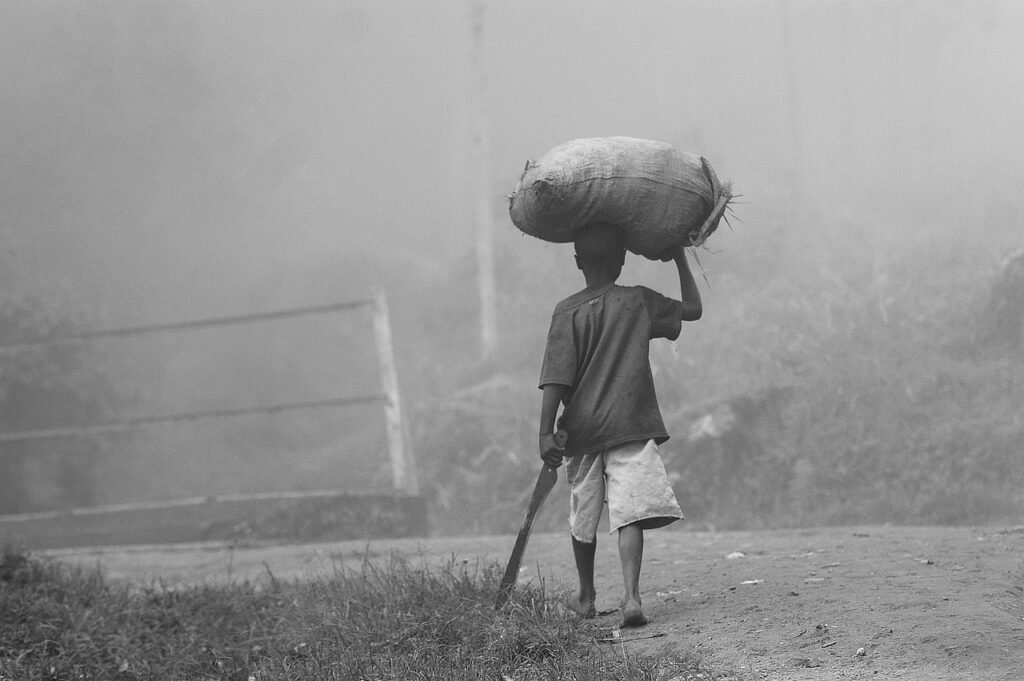Being a leader in a non-profit organization can be very demanding. But at the…
Updates on Poverty Reduction in Africa
*Image Source: Pixabay
Africa is bombarded with climate change, poverty, and wars. Statistics show that one in every two persons on the continent lives in extreme poverty.
The majority of the world’s population that is in extreme poverty will be found in Africa in 15 years. It is a sad fact that malnutrition kills half of the African children before reaching five years old. Moreover, 240 million people go to bed hungry every night.
Food Waste and System Inefficiencies
It is difficult to grasp these data. One can just imagine how a mother is pained every time she cannot feed her newborn baby with the proper food. Moreover, imagine a mother who works the whole day on the farm yet still goes to bed hungry because she does not have the economic resources to feed her family.
Yet on the field, there are millions of tomatoes that are good and nutritious. Yet, these just rot under the sun. It is sad that 13 million Nigerians face extreme hunger and more than one million young children are affected by malnutrition. Nigeria wastes more than half of its yearly tomato harvest.
This agricultural problem is not just that of Nigeria. It is the problem of Africa. Sub-Saharan Africa spends $35 billion on food imports every yea. Due to poor access to markets, inadequate storage, and poor roads, this region loses $48 billion for food that goes to waste.
Possible Solutions
Even if these information are quite alarming, there is still hope for Africa. Africa’s transition to a continent with zero poverty lies in its rich soil. Increasing crop yields by 10 percent decrease poverty by about seven percent.
Optimize vital ecosystems. Achieving food security requires that research on how to increase crop yields. This means checking bees and insect pollinators that are significant for the growth of 75 percent of agricultural crops. It also means monitoring the continent’s soils and water resources. It also means sharing the technology on how to accomplish these things.
If African can optimize food production by using an ecosystem-based adaptation approach, then yields can increase up to 128 percent.
Use a special traditional way of farming. In West Africa, there is ‘zai.’ This ancient way of farming uses a simple technology. It includes digging a circular depression into dry soil and then this is utilized to grow seedlings. This enables crusted land into nurseries through retention of water. If this is done properly, zai has the possibility of increasing yields by up to 500 percent.
Obtain important data. The World Bank states that obtaining the goal of decreasing poverty requires obtaining data. One of the most powerful ways of ending poverty is to obtain good data.
Ghana: A Case Study
Ghana was able to reduce poverty from 53% to 21% in 2012. It is only one of the few African countries that were able to meet the Millenium Development Goal of decreasing extreme poverty by half in 2015.
Ghana was able to improve access to education and energy and reduced poverty and malnutrition. World Bank sees the remarkable achievements of Ghana as these are for a long-term approach.
Conclusion
Poverty has its many unwanted faces. However, poverty can be ended by doing things one step at a time.




